The brown bear population in Norway near the Russian border is growing
Bears are more often seen around people's houses. Meanwhile, researchers struggle to get any information about the bear population from the Russian side across the border.
Border animal
There are an estimated 150 brown bears here in the forests of northern Norway, with a further 3,000 spread across the whole of Scandinavia. Researchers at the Norwegian Institute of Bioeconomy Research (NIBIO) regularly check how the population of this large carnivore is changing.
One of the methods - to extract information from the bear’s DNA. To get the DNA, NIBIO researchers install hair traps made of barbed wire in the arctic forests.
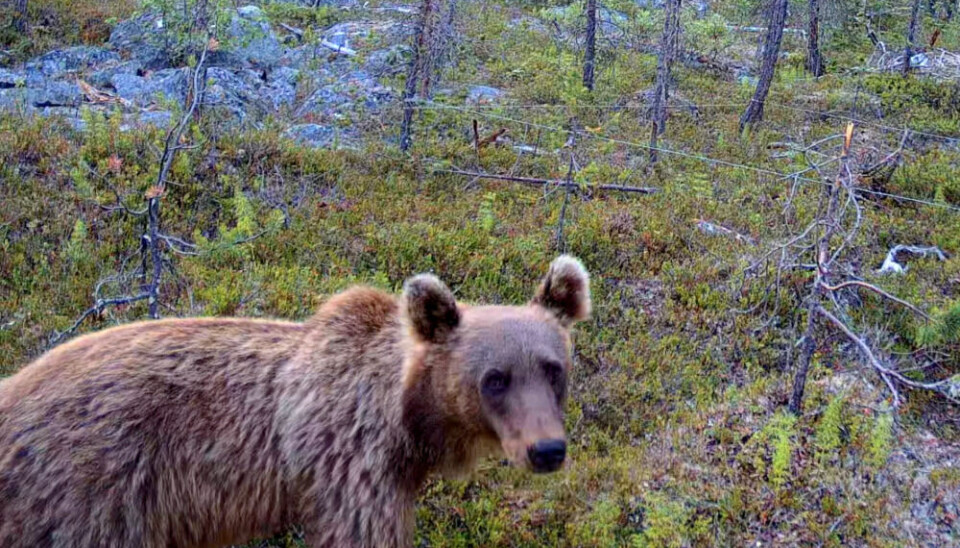
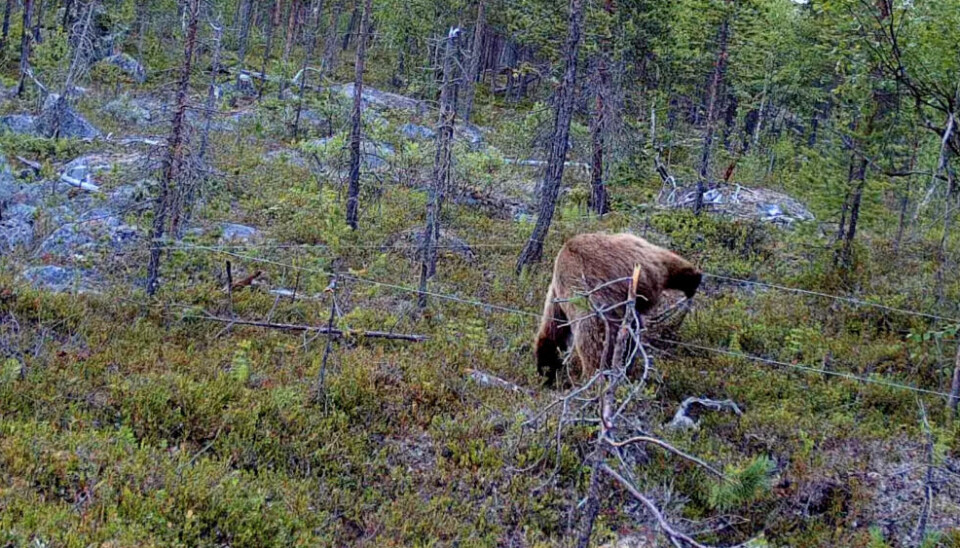
To lure the bear into the hair trap, they spread a mixture of fish fat and cattle blood, that attacks bears. When the animal walks over the barbed wire, some of the hair is caught in the process. The trapped hair sample is later analyzed in a laboratory.
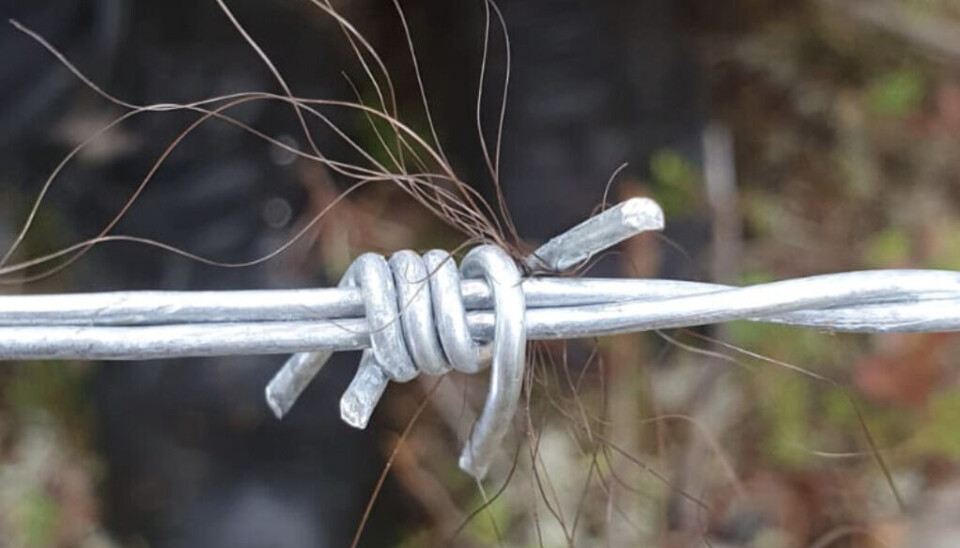
”In the Pasvik area, you have a connection to Finnish and especially Russian bears, - Jonas Kindberg, Norwegian Institute for Nature Research told the Barents Observer, - “So we have bears that can be born in one country, and then show up in another one. The young males, for example, have no problem of moving 500 kilometers. On the Russian side, we don’t really know anymore what’s going on because of the war.”
Following Russia’s invasion of Ukraine, scientific cooperation between Russia and Norway was suspended. The Barents Observer asked the representatives of the Russian Pasvik nature reserve to comment on the issue but unfortunately got no answer by the time this article was published.
DNA
In the laboratory, researcher Ida Fløystad carefully cuts the hair roots - that’s the main source from which the bear’s DNA is extracted.
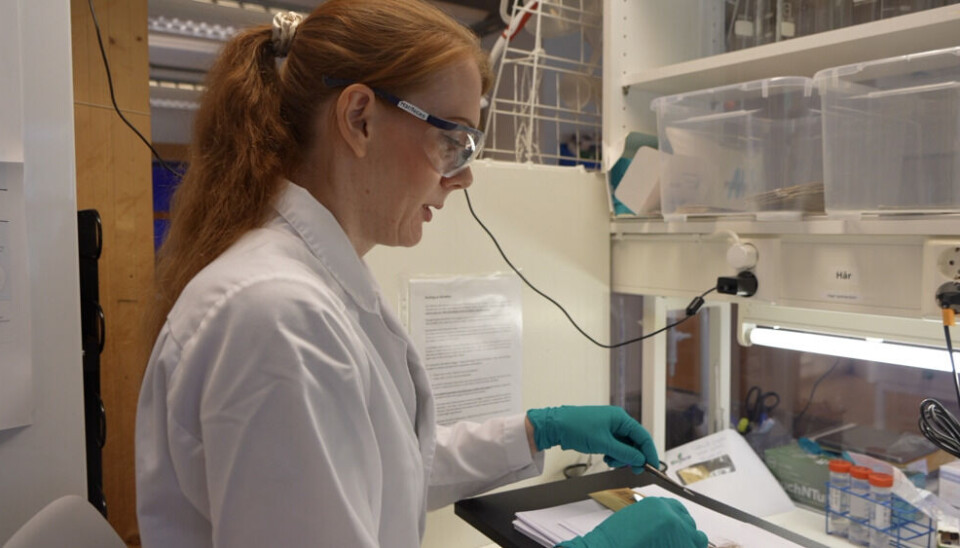
David Kniha, NIBIO researcher shows the Barents Observer one of the samples analyzed earlier:
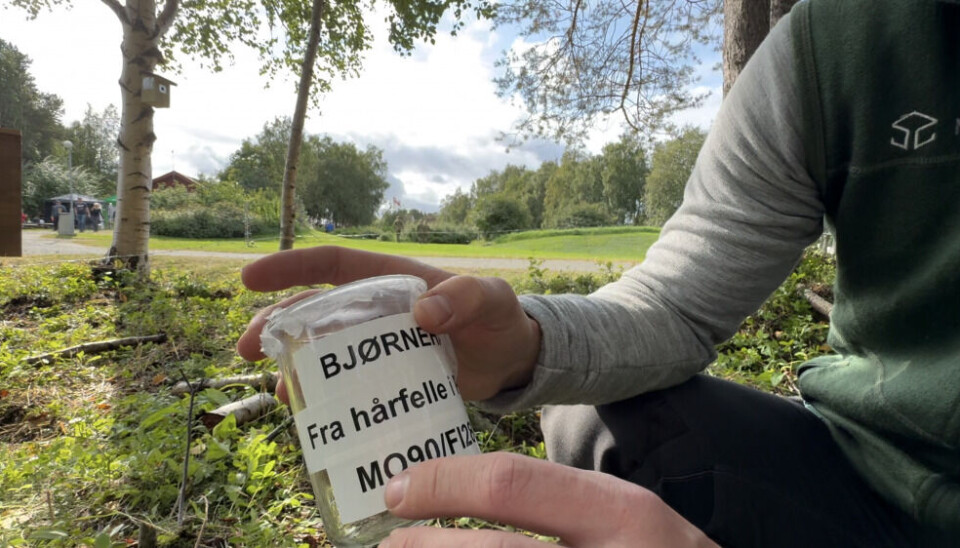

“This hair that we’ve got here is from the bear MO90. MO stands for Murmansk oblast - so this bear was first registered in Russia and then when it was registered in Norway it got the Norwegian code FI (Finnmark) 280. It’s a female.” David Kniha told the Barents observer.
Jonas Kindberg from the Norwegian Institute for Nature Research says that the population of bears in Scandinavia is increasing. As a result, more and more often bears are seen near people’s houses in the Pasvik area.

Runar Kjær, Chief Engineer at the NIBIO, shows a video he made on his phone a few weeks ago. From their kitchen window, his family witnessed this summer how a brown bear quickly ran into a forest.
“This is the first time we see it live. I was kind of shocked and impressed. It’s kind of unbelievable”.
We know they are there. We know there are quite a few bears in the Pasvik Valley but it’s quite rare to see them”, Runar told the Barents Observer and added that he is confident bears are not dangerous for his family.
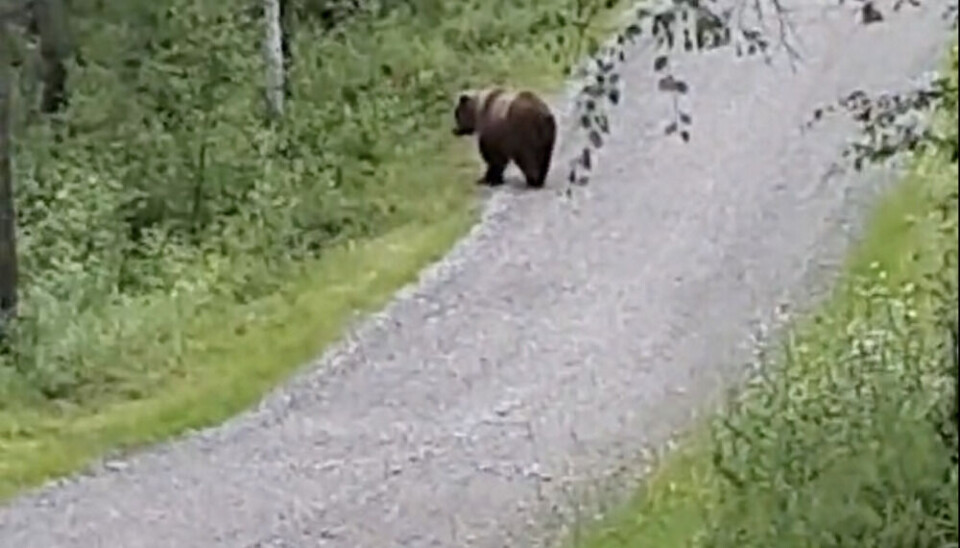
“Bears in Europe and especially in Scandinavia do not see people as food, - Jonas Kindberg explains to the Barents Observer. - “They avoid people as much as they can. That’s why they prefer to live mainly in the border areas. Berries are a staple food for bears. They also eat moose, calves, and reindeer.”
Border migration
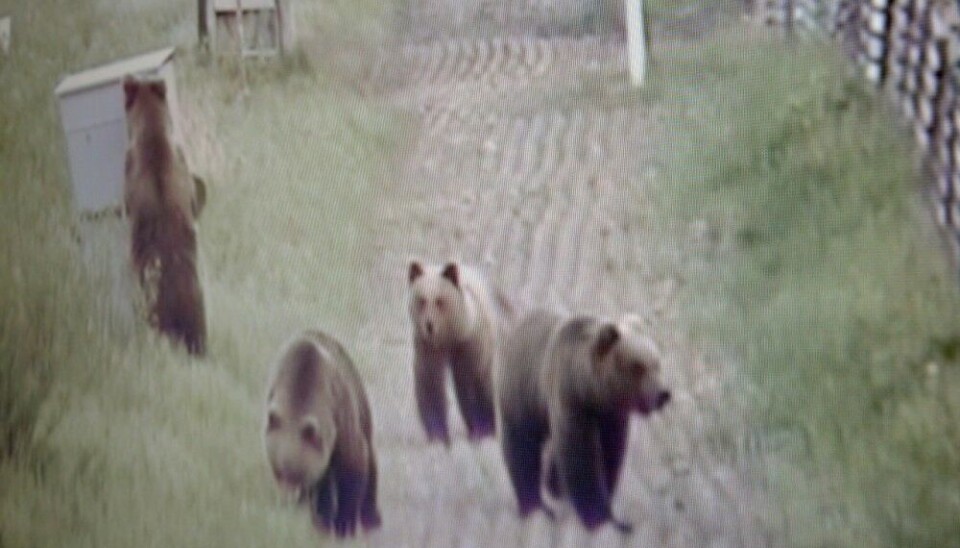
A few years ago FSB border guards showed to the Barents Observer journalist a video where a mother and three cubs are about to cross the border fence from Russia into Norway. This scene is typical of the Pasvik region.
Meanwhile, as the population of bears is growing, migration between the countries will continue, and cooperation between scientists on both sides is essential to protect these magnificent wild creatures.














